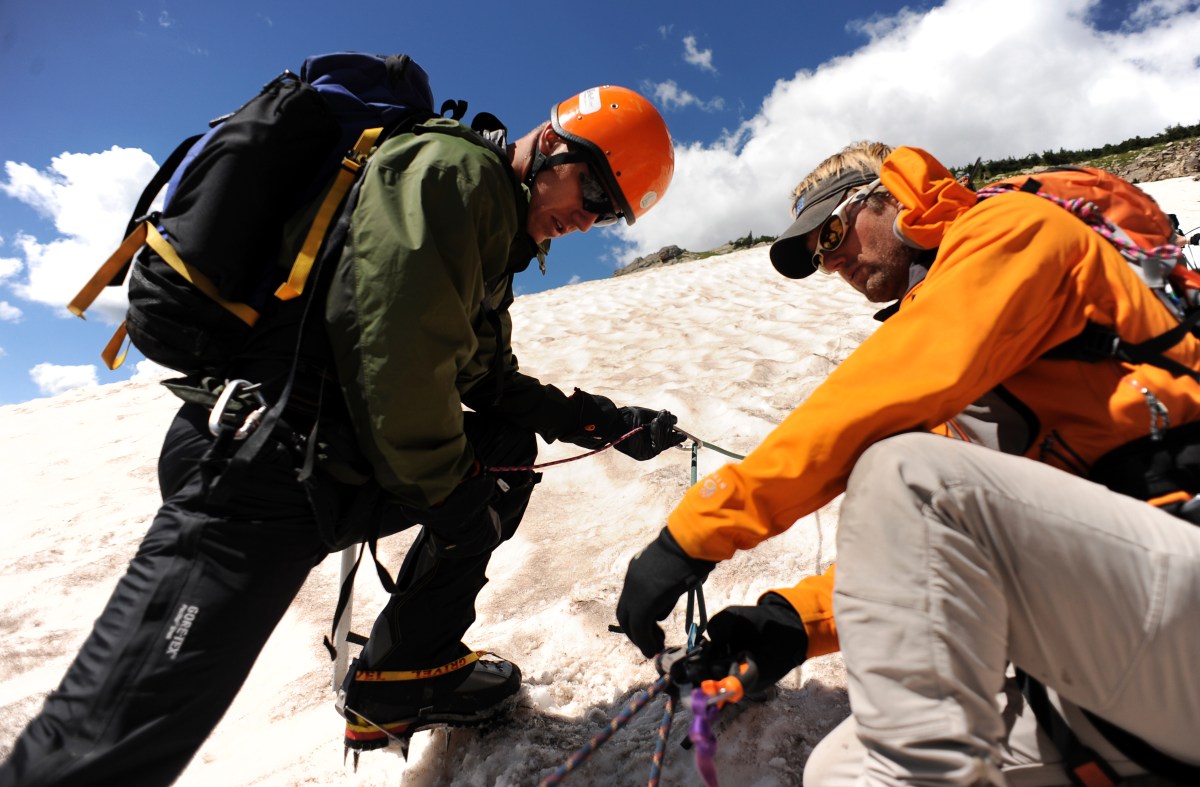Dan Sidles grew up in northern Iowa. In 2001, he left the state for the Marine Corps. Brian Mockenhaupt met Sidles years later, when he was writing about an expedition that guided 11 wounded Iraq and Afghanistan veterans up Lobuche East, a 20,075-foot peak in Nepal. They spent hours on the trail talking, and Mockenhaupt learned that Sidles was a natural storyteller. Mockenhaupt writes that the Marine Corps vet, who did tours in Iraq, seemed to be the one who gained the most from the trip, and it seemed Sidles believed the outdoors might offer him a way forward.
Sidles went on to climb in Ecuador, Alaska and across the West. He didn’t want to be a statistic, he told Mockenhaupt, he didn’t want to be someone “who resorts to doing drugs and drinking my face off to deal with my problems.” He wanted other veterans to find hope in his story. Sidles’s sister, Amy Gilderhus, worried that she would get a call that Sidles had fallen or been in a terrible mountaineering accident, but not that he’d killed himself. His friends knew he was struggling, but he participated in many outdoor programs, many geared towards helping veterans, and for years, he had been using the health care services offered by the Department of Veteran Affairs. His friends and family were left with plenty of questions.
Outside Online writes that 20 veterans kill themselves every day, but that tally does not show the complexity of each story.
Thanks for reading InsideHook. Sign up for our daily newsletter and be in the know.


















